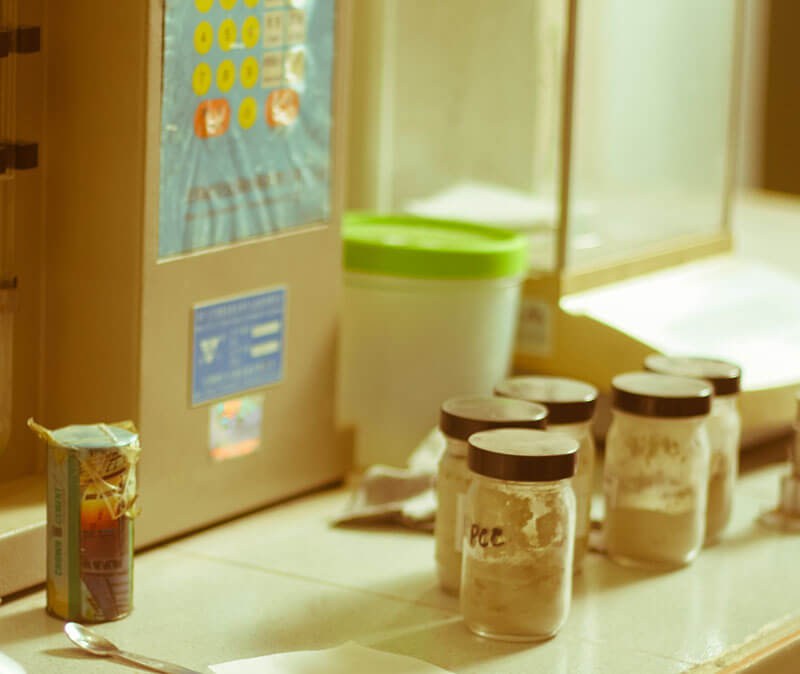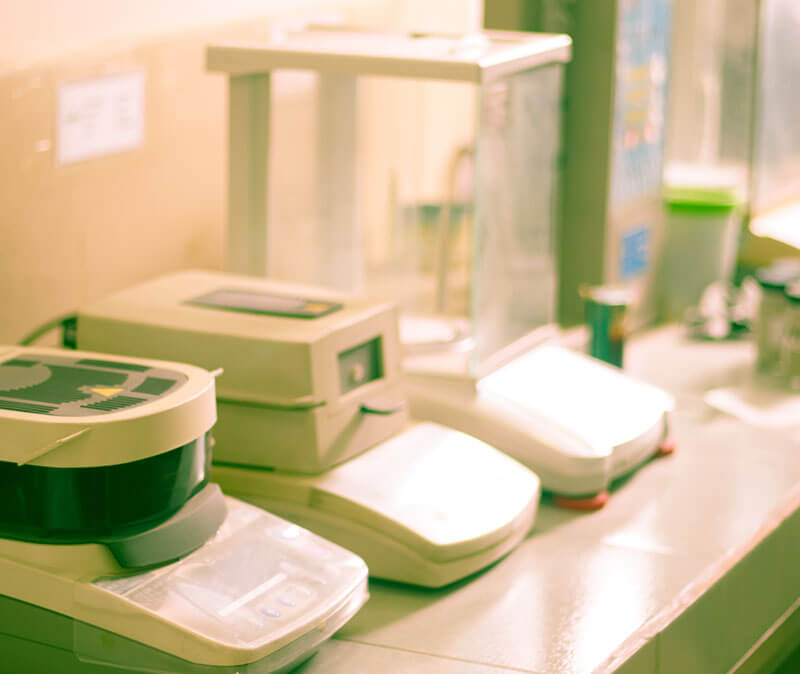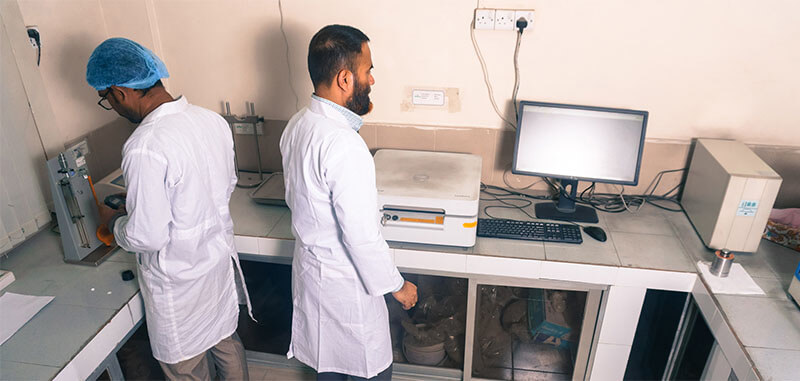

As per specification of BDS EN 197-1:2003, CEM-III/A, 32.5 N Crown Blast Furnace Cement is a cement prepared by mixing clinker 35-64 %, slag 36-65% and gypsum 0-5%. This cement is also called Blast Furnace Slag Cement. In Blast furnace cement, the slag as obtained from blast furnace is used. The slag is a waste product in the manufacturing process of pig-iron and it contains the basic elements of cement, namely, alumina, lime and silica. The properties of blast furnace cement are more or less the same as those of ordinary cement. Its strength in early days is less and hence it requires longer curing period. It proves to be economical as slag, which is a waste product, is used in is manufacture. The blast furnace cement is durable, but not suitable for use in dry arid zones. Concrete made with Blast Furnace Cement sets more slowly than concrete made with ordinary Portland cement, depending on the amount of Ground Granulated Blast furnace Slag (GGBS) in the cement, but also continues to gain strength over a longer period in production conditions. This result in lower heat of hydration and lower temperature rises and makes avoiding cold joints easier, but also means that quick setting is required.
CEM-III/A, 32.5 N
Composition: Clinker 35-64 %, Slag 36-65% and Gypsum 0-5%



| SL No. | Description of Tests | Standard limits as per BDS EN 197-1:2003 | Reference test method |
|---|---|---|---|
| 01 |
Compre ssive strength of (1:3) Mortar cubes in MPa
|
≥16.0 ≥32.5 - ≤52.5 |
BDS EN 196-1 & 196-3:2013 / ISO 679:2009 and ISO 9597:2008 |
| 02 |
Initial setting time (in minutes) |
≥ 75 |
|
| 03 |
Soundness test: Expansion in mm |
≤ 10.0 |
| SL No. | Description of Tests | Standard limits as per BDS EN 197-1:2003 | Reference test method |
|---|---|---|---|
| 01 |
a) Loss on ignition (LOI) |
≤5.00 |
BDS EN 196-2:2003 |
| 02 |
b) Insoluble residue (IR) |
≤5.00 |
BDS EN 196-2:2003 |
| 03 |
c) Sulfate content (as SO3) |
≤4.00 |
BDS EN 196-2:2003 |
| 04 |
d) Chloride content (as Cl) |
≤0.10 |
BDS EN 196-2:2003 |